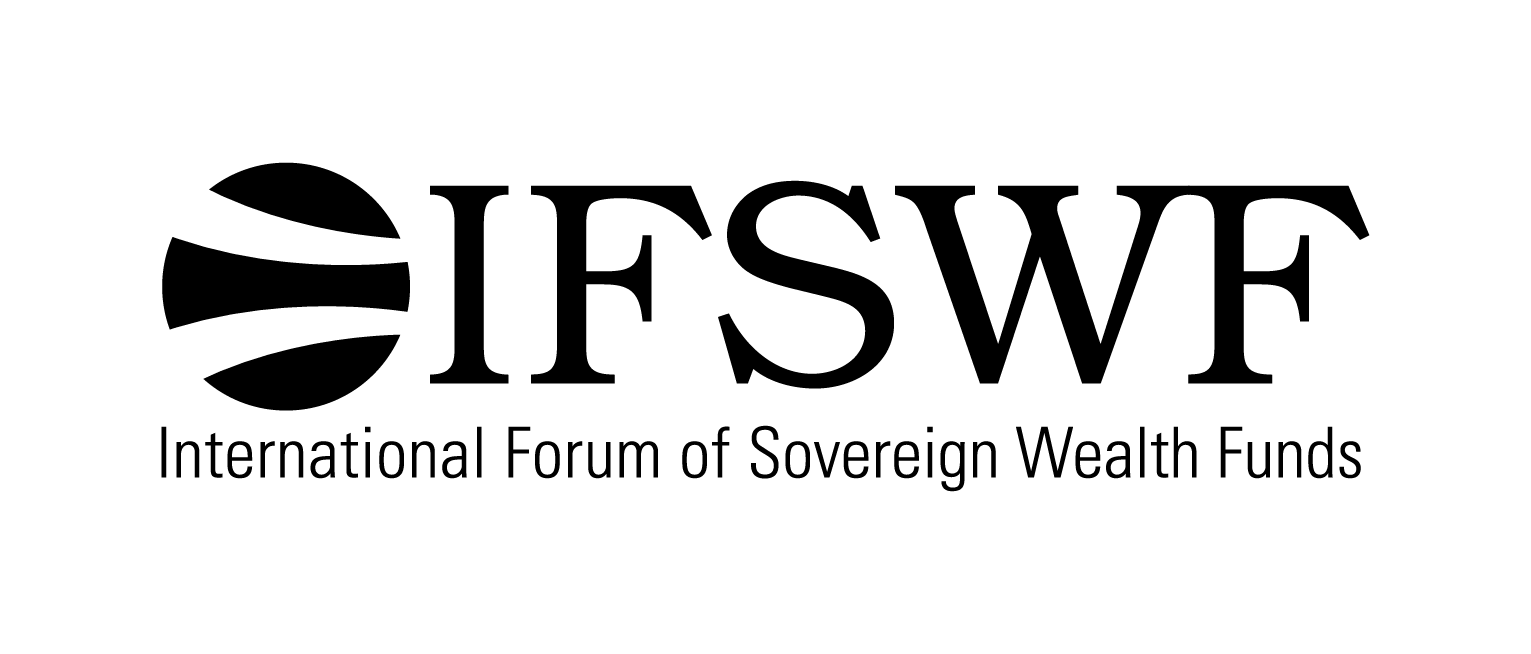
Savings funds are sometimes referred to as intergenerational savings funds because they have decades-long investment horizons. The world’s oldest SWF, the Kuwait Investment Authority (KIA), is a good example.
Savings funds are often set up by commodity-rich countries to save a portion of their resource wealth for the future. Oil, gas and precious-metal reserves are finite: one day they will run out. There is also a risk that these resources will become stranded assets as climate-change regulation and the rise of green-energy alternatives render hydrocarbon extraction uneconomic.
But by using their SWFs to convert today’s resource wealth into renewable financial assets, governments can share the windfalls with the generations of tomorrow. By investing overseas, savings funds in commodity-rich countries can also help prevent Dutch Disease, whereby a surge in commodity exports leads to a sharp rise in foreign-exchange inflows, generating in inflationary pressures and damaging the competitiveness of other economic sectors.
Some savings funds are designed to nance future liabilities. Pension reserve funds, such as Australia’s Future Fund, the New Zealand Superannuation Fund and Chile’s Pension Reserve Fund, typically invest to build capital that will help defray their sponsoring government’s future pension obligations. Unlike orthodox pension funds, the assets they manage remain the property of the government and no individual has any claim on them. As a result, these funds can remain, long-term investors, even as they are drawn upon.
Case Study: The New Zealand Superannuation Fund (NZSF)
The New Zealand government created NZSF (also known as NZ Super) in 2001 to build savings to defray future pensions costs. As is the case in many countries, such costs are likely to rise as the population ages; as the number of older citizens increases, the number of taxpayers relative to the number of retirees falls.
The NZSF is managed by the Guardians of New Zealand Superannuation, a Crown entity which is empowered to make investment decisions independent of the government. The Guardians invest government contributions, along with the returns generated by these investments, to grow the capital of the fund. Withdrawals are due to begin in the mid-2030s.
As a long-term investor, NZSF can devote a relatively large proportion of its portfolio to private-market assets, taking advantage of the illiquidity premium available on such investments. For example, the fund invests in global forestry assets, transport infrastructure and real estate.
The Guardians use a reference portfolio as a benchmark against which to measure the performance of NZSF and the value added by its various active investment strategies. The reference portfolio is comprised of passive, low-cost, listed investments, split between global equities (80%) and fixed income (20%).
As of 31 March 2018, the Guardians allocated 66% of the fund’s NZ$37.8 billion ($27.4 billion) portfolio to global equities, 13% to global fixed-income and other public market investments, 4% to domestic equities and 17% to alternative investments such as infrastructure, private debt and property.

